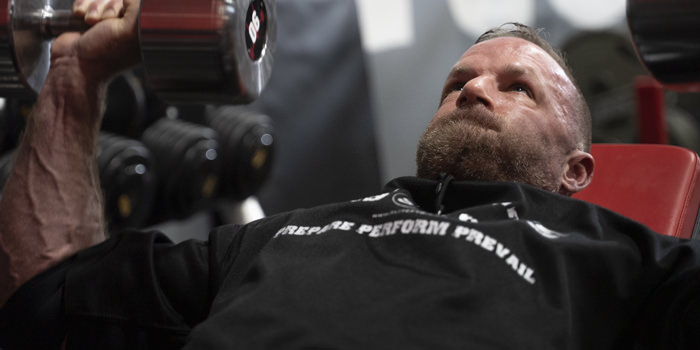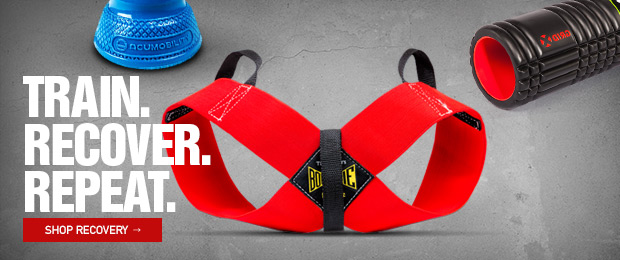
The use of warm-up routines has become popular amongst therapists, trainers, and coaches for quite some time now. Although warm-ups are a good thing, there's been a serious lack of structure and understanding of the "why" behind implementing them properly.
Considering all of the techniques I use for joint health, mobility, muscle activation, and movement pattern development, I teach the 3-Part Warm-Up as everything you'll ever need to know about warming up effectively and efficiently.
I think we can agree that an efficient warm-up is a pivotal component of any training, regardless of whether you're an athlete, bodybuilder, or yogi. The key to an effective warm-up is implementing the correct movements in a systematic way that truly "warms up" the body and primes you for performance.
RELATED: How to Fix Chronically Tight Ankles
When it comes to warming up, it seems that most people fall into one of two categories. On one end, there's no warm-up at all—people walk into the gym after a full day of work, then head right into lifting heavy weights. On the other end, there are those who spend an hour stretching and rolling around on a foam roller with no direction.
The good news is you can build an extremely efficient and effective warm-up routine that takes no more than 10 minutes.
Here's what you should consider including in your warm-up routine:
Part 1: Targeted Self Myofascial Release (SMR)
SMR techniques such as foam rolling, trigger point release, and other modalities can be very helpful in the warm-up, especially if you're dealing with pain, poor mobility, or any tissue dysfunctions.
Using a few targeted techniques on specific tissues has been widely accepted to provide several physiological effects:
- Improve tissue extensibility
- Increasing the flexibility of soft tissue
- Improving the range of joint motion
- Reduction in pain
Tip: I recommend testing and retesting before and after you use SMR.
Ask yourself: Did it improve your mobility or make you feel better going into the workout?
Spend 3-4 minutes here!
Part 2: Dynamic Stretching and Joint Mobility
I recommend you follow up your soft tissue work with a combination of dynamic stretching and joint mobility exercises on those same areas.
Dynamic stretches are active movements where joints and muscles go through a full range of motion.
Many additional structures define how good a person's mobility is. It is not only the muscles stretching over a joint but also how well the joint moves within its connective tissue joint capsule.
With dynamic stretching, we are practicing both movement capacity and control. Dynamic stretching in and out of an end-range stretch (as opposed to holding at end range) allows the joints involved with the movement to be mobilized along with the tissues.
These movements can incorporate parts of a movement you're about to perform, making them a pivotal part of an effective warm-up.
Adding these movements into our warm-up routine will ensure that we maximize our usable ranges of motion in our training.
Spend 3-4 minutes here!
Part 3: Movement and Muscle Activation
Each phase builds on the last to improve your performance while significantly decreasing the risk of injury.
Once "movement capacity" is improved with the previous parts of the routine, it's time to activate muscles and movements to an even greater extent in which they will likely be used in your training.
But the reality is that muscles don't turn on like a light switch. They alter their function based on joint position. Therefore, we reinforce good postures when we perform muscle activation while preparing the nervous system and tissues for the incoming stress and load.
We are essentially sending signals to the brain to prepare us for movement. These signals trigger motor units, which subsequently causes contraction of the fibers that they control.
Here are a few examples to try for the remaining warm-up!
Use the 3-Part Warm-Up and effectively prepare yourself for your training sessions in about 10 minutes.
Dale Bartek is an internationally recognized physical therapist, strength coach, and educator. He has focused on merging performance physical therapy and intelligent strength training to help active people and athletes from every major sport including MLB, NBA, NFL, NHL, UFC.










